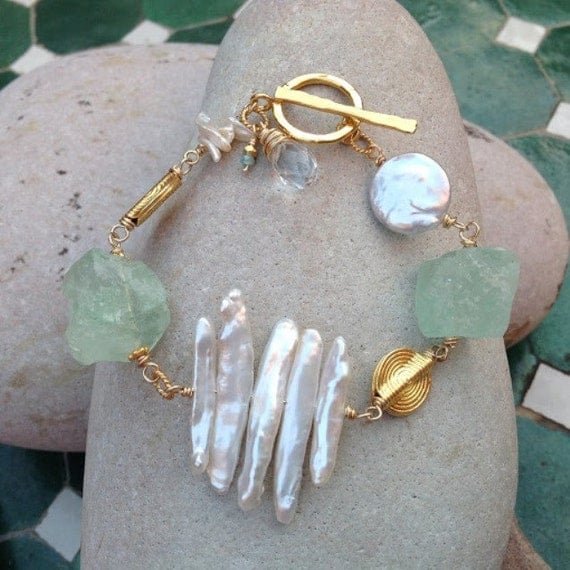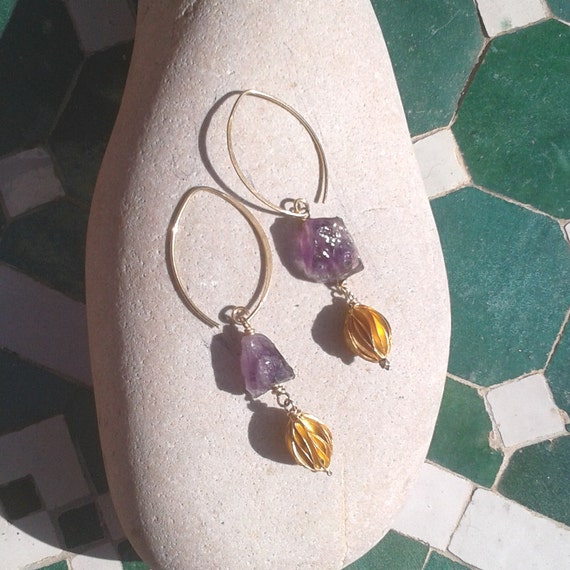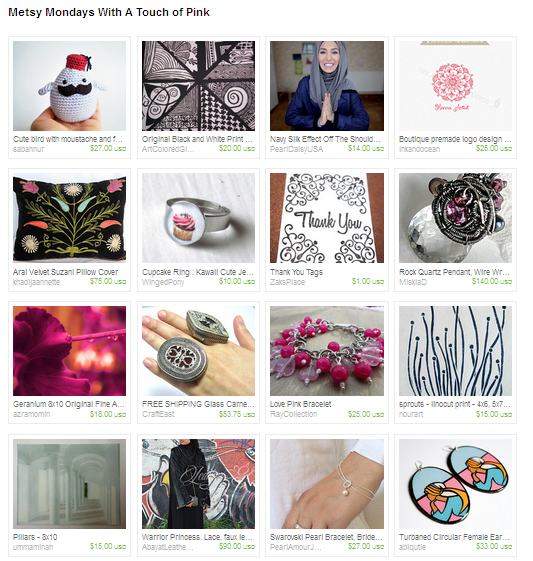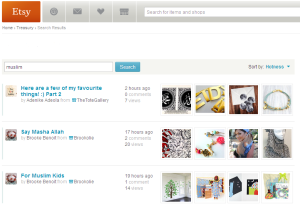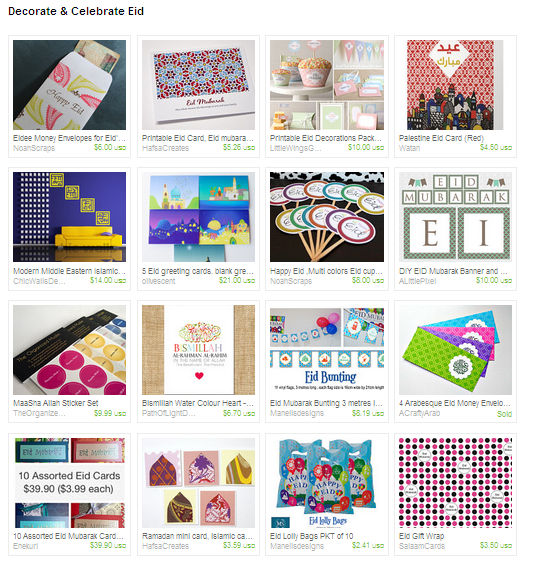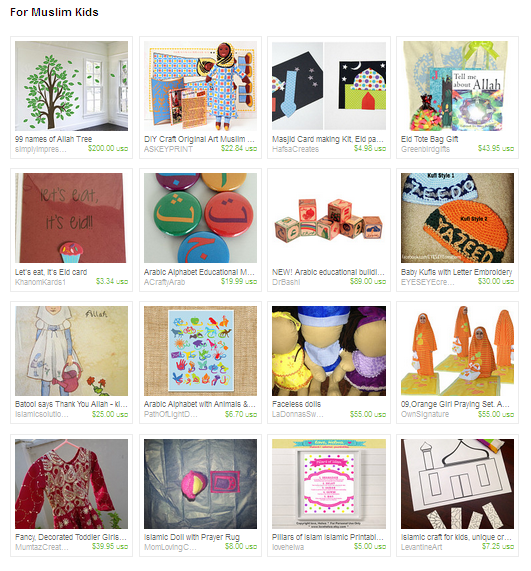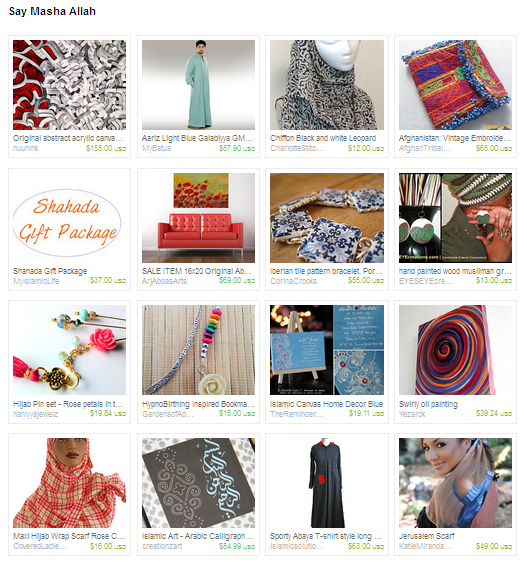 Marrakech, Morocco, is one of the top vacation destinations in the world, hosting millions of visitors every year who, in turn, leave thousands of various online travel recommendations. With an economy built on tourism, restaurants, tour guides, shops, taxis, and beggars all vie for tourist dollars. It’s a bustling city with numerous gardens, museums, and souks to visit as well as being a center point for shooting of to innumerous excursions all over the beautiful country such as the sea, the desert, and the mountains. So if you are heading to Marrakech, please let me make one choice easy for you – you must enjoy at least one traditional Moroccan meal at Amal Restaurant and Training Center. Here’s why.
Marrakech, Morocco, is one of the top vacation destinations in the world, hosting millions of visitors every year who, in turn, leave thousands of various online travel recommendations. With an economy built on tourism, restaurants, tour guides, shops, taxis, and beggars all vie for tourist dollars. It’s a bustling city with numerous gardens, museums, and souks to visit as well as being a center point for shooting of to innumerous excursions all over the beautiful country such as the sea, the desert, and the mountains. So if you are heading to Marrakech, please let me make one choice easy for you – you must enjoy at least one traditional Moroccan meal at Amal Restaurant and Training Center. Here’s why.
Unlike the commonly held beliefs about women who beg, these women did not have family to support them. On the contrary, it was their families who were often abusing them.
In my several years of living in Morocco I have learned that just as in my own hometown of San Francisco (another foodie paradise), many people here are skeptical of panhandlers (beggars). Whereas in Western countries most people assume panhandlers have social services to utilise and are therefore just trying to make ‘extra’ cash, here in Morocco many people believe beggars have their families to support them and must in some way be ‘bad’ people to have to resort to begging or else they are also just making ‘extra’ cash. Nora Fitzgerald, who was born and raised in Morocco, faced such beggars daily and one day decided to ignore the stereotypes, believing that there was no way a mother sitting on the concrete or dirt with small children in her lap would prefer to spend her days in such a way, completely lacking in dignity, just to make a little extra change. Nora decided to sponsor a woman so that her child could attend preschool and the woman could perhaps get a job.
I witnessed Nora and Amina’s* experiences some years ago via Nora’s blog. Soon other people were becoming involved, providing money, clothing, and other items to Amina and a few other women in need that Nora had also begun to work with. Unlike the commonly held beliefs about women who beg, these women did not have family to support them. On the contrary, it was their families who were often abusing them. For single mothers, the desire to protect their families from the shame of a child born out of wedlock or a woman abandoned drives them far from their hometowns and support systems. With no childcare and no employable skill set, begging is often their last and only recourse.
Nora began to better understand this dire dilemma and slowly her sponsorship evolved, trying to it the women’s needs. She opened a small bakery within her own family’s language center, training the women to make Western-style baked goods such as banana bread, chocolate chip cookies, brownies, and lemon bars for the Moroccan students attending the centre. There were successes, but also a few failures with the program, as extracting oneself from toxic families and overcoming ingrained patterns of dysfunction is complicated. Nora’s commitment to be of service to some of Morocco’s most marginalised women and children was firm enough that she continually sought out realistic solutions to the complex problems they faced.
While visiting Casablanca one spring, Nora had a chance to eat at one of the locations of Restaurant Solidarité Féminine, a hugely successful 30-year-old not-for-profit organisation that provides single mothers with the knowledge and skills to ensure their own livelihoods. It was impossible for Nora not to see the possibilities for the little cottage not-for-profit venture she was building back home. She also realised she didn’t have to reinvent the wheel as there are similar models she could follow and that would even help the organisation to skip some of the growing pains that comes with being a revolutionary start-up. Nora found others with similarly interested hearts and hands willing to help, and soon the Amal Center was born, a space was rented and renovated, and the concept was taken to the next level. The Amal Center now functions as a training center and also a restaurant that serves lunch daily to an average of 60 people.
In 2013 Amal received a grant to expand the business and training facility, and the centre now provides literacy and language classes, life coaching, and many other lectures and trainings by local professionals eager to volunteer some of their time. The Amal centre accepted 15 women into its internship program this year. The permanent staff has grown to 12, many of whom were among the first trainees and whose stories inspired the centre’s creation. At the end of its training, Amal helps the interns find jobs in local hotels, restaurants, riads, and private homes. Professional job placement, economic stability, and personal transformation are the primary goals at Amal, which employs a social worker trained in psychology to accompany the women in their journey.
The women come from disadvantaged backgrounds, some are illiterate or have very little education, others were sent to work as child maids when they were as young as 12 years old, while a number of the trainees are recommended by a local association, Jamiat Kafalat Al-Yateem, which helps support widows and their children. Fitzgerald, who serves as Amal’s president, said, “It’s been amazing to watch these women’s transformations. When they first entered the program they were shy, insecure, were afraid to trust us and each other. They are now glowing with confidence and have acquired many skills. They are proud of their new profession.”
Naima, one of the trainees turned full-time staff, agrees. “The colour has come back to my cheeks. Before, wherever I worked I was taken advantage of. I am now supporting my three children on my own, and every day I am happy to come to work, I learn something new, I feel like I am given value.”
Si Mohamed has trained with French masters, and thanks to him the trainees have learned signature French dishes such as salade nicoise, caesar salade, gratin dauphinois (a most satisfying potato and cream gratin), glazed chicken with sage, filet mignon, etc.
Last winter, when I finally had a chance to visit Marrakech, of course I had to eat at Amal, a truly lovely restaurant. Set in the busy Gueliz shopping district, Amal is down a quiet side street and the ample garden seating is secluded by lush, bougainvillea-covered walls and accented by fragrant citrus trees. Inside the restaurant is a comfortable and airy contrast to the sometimes overbearing Marrakech heat. On the day I visited the staff had made lemonade with crushed fresh mint, and it was so deliciously refreshing that I asked to take some home. I also took away a delicious assortment of briwats (savory fried pastry) and an impressive bastilla (savoury and slightly sweet chicken and almond pie with philo topping) which I had smartly ordered in advance to put off the moans of those left behind while I dined out. I have never had a bastilla I didn’t like, but my husband, who is slightly harder to please, was so impressed with the deftly seasoned dish that he ate the remainders cold – straight out of the fridge – a completely out-of-character action for him. And of course our children loved the briwats.
Back at Amal I enjoyed their tagine of the day – meatballs in a richly flavoured fresh tomato sauce cooked in a traditional clay cone-shaped pot. They were also test running a more Western-style chicken stir fry dish that day, and, admittedly, I ate more than my share. Amal’s dishes are lovingly made as if served out of a home kitchen. Because I have worked in many eateries and even owned a few myself (and I am nosey, but prefer to say ‘inquisitive’), I asked to see Amal’s kitchen. It is beautiful too, masha Allah! Nora completely gutted the kitchen of the riad Amal is located in and filled two-thirds of the walls with windows, making it a truly noor-filled place to work, a feature which is reflected in their dishes and ambience.
Throughout the week, Amal features a dish-of the-day, normally a tagine, with several side dishes. On Fridays, like most Moroccan kitchens, Amal serves heaping platters of couscous with lamb and seven vegetables. In January Amal hired a new chef, Si Mohamed, to expand the menu and bring in more of a “restaurant culture” for the trainees. They now learn basic sauces, vegetable chopping techniques, and foundational culinary know-how beyond simply reproducing a recipe. Si Mohamed has trained with French masters, and thanks to him the trainees have learned signature French dishes such as salade nicoise, caesar salade, gratin dauphinois (a most satisfying potato and cream gratin), glazed chicken with sage, filet mignon, etc. The moelleux au chocolat, a fallen chocolate cake with a liquid gooey center is the perfectly satisfying ending to all of Amal’s well balanced meals.
Amal is available to cater and for take-out orders, and I encourage using them for such when you are in Marrakech. If you happen to be in Marrakech during Ramadhan, Amal is the perfect place to break your fast with a traditional Moroccan iftar of harira soup, savory philo dough briwates, fresh smoothies and more. Amal Restaurant and Women’s Training Center is an exceptionally versatile organisation which, with advanced notice, can prepare specialty dishes such as vegan couscous and even offers private cooking classes. For families travelling with children, the specially designed play and craft space is a welcome break for both the kids and their parents.
If you don’t get the chance to dine at Amal, you may still consider donating to this exceptional organisation. It is a Moroccan registered non-profit, and donations are accepted through the website http://www.hope-amal.org And volunteer efforts from various fields are always welcome.
In Marrakech, please dine out or order from Amal located in Quartier Gueliz at the intersection of rues Allal ben Ahmad and Ibn Sina, between l’Hopital Ibn Tofail and the popular Patisserie Paul. 06 04 23 88 60 or 05 24 44 68 96 More information about how to donate or volunteer with Amal can be found on their Facebook page: https://www.facebook.com/AmalNonProit
In Casablanca, please dine out or order from one of Restaurant Solidarité Féminine’s locations: Site Palmier: 10, rue Mignard 05 22 98 66 15/05 22 25 46 46 or Site Aïn Sebâa: 21, rue Tizli Ousli. 05 22 34 30 90 More information about their Opus award-winning organisation can be found on their Facebook page: https://www.facebook.com/solfempalmier
*Name changed.
Brooke Benoit aspires to being a lapsed foodie, but living in the culinary paradise of the North African Mediterranean and being married to a chef makes this pipe dream very unlikely. This article originally appeared in the June 2014 issue of SISTERS Magazine, the magazine for fabulous Muslim women.

